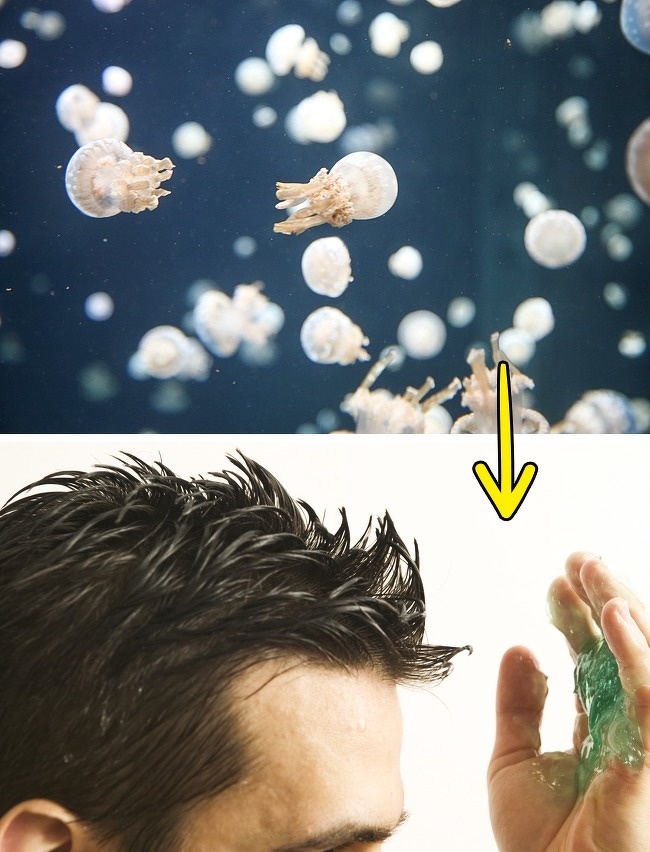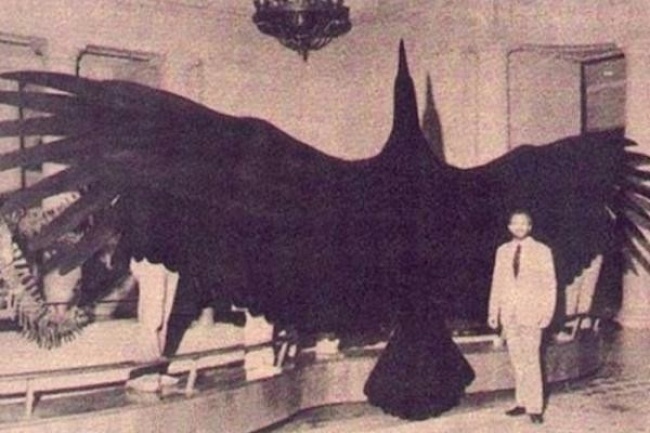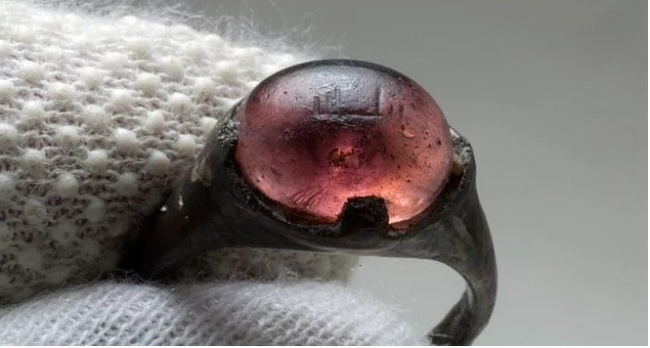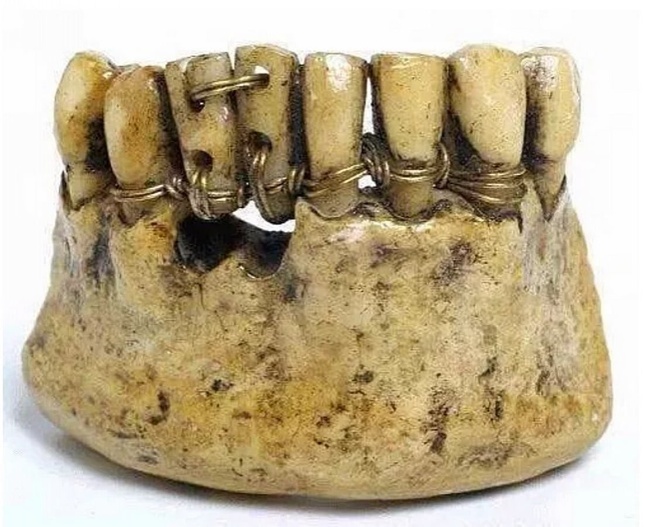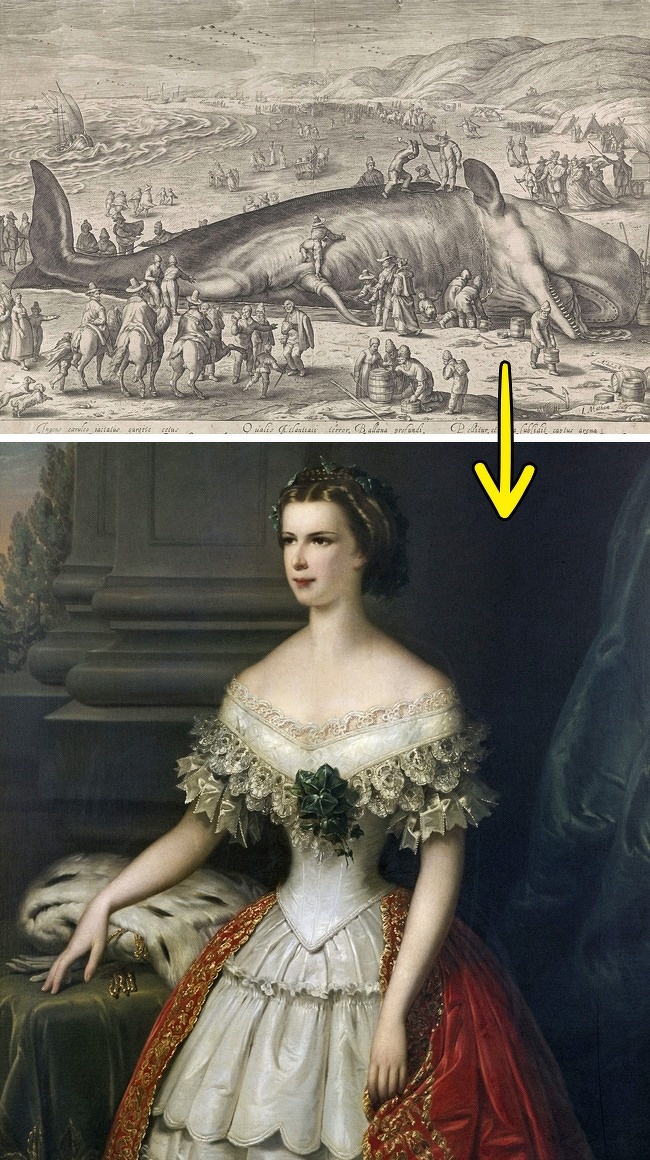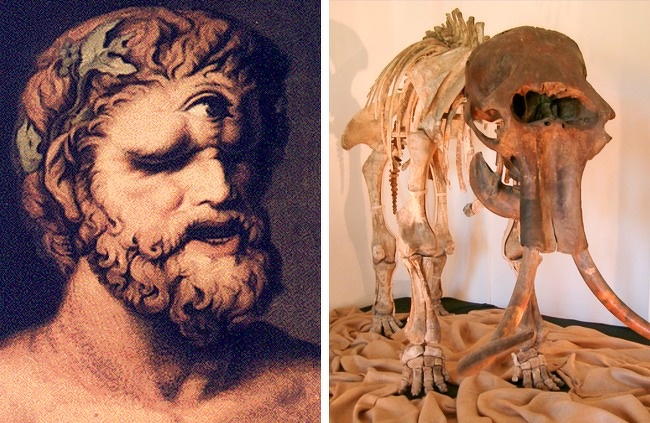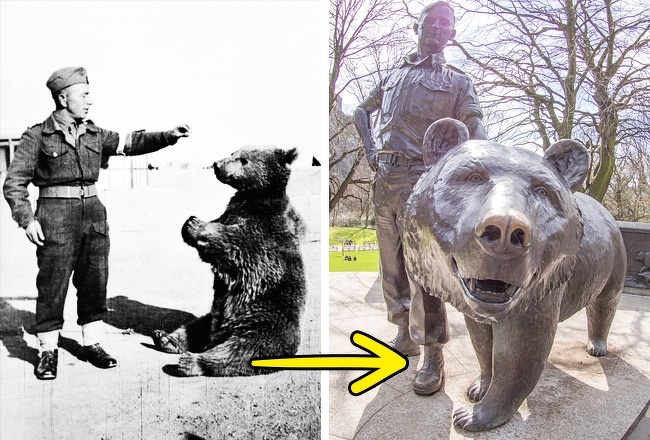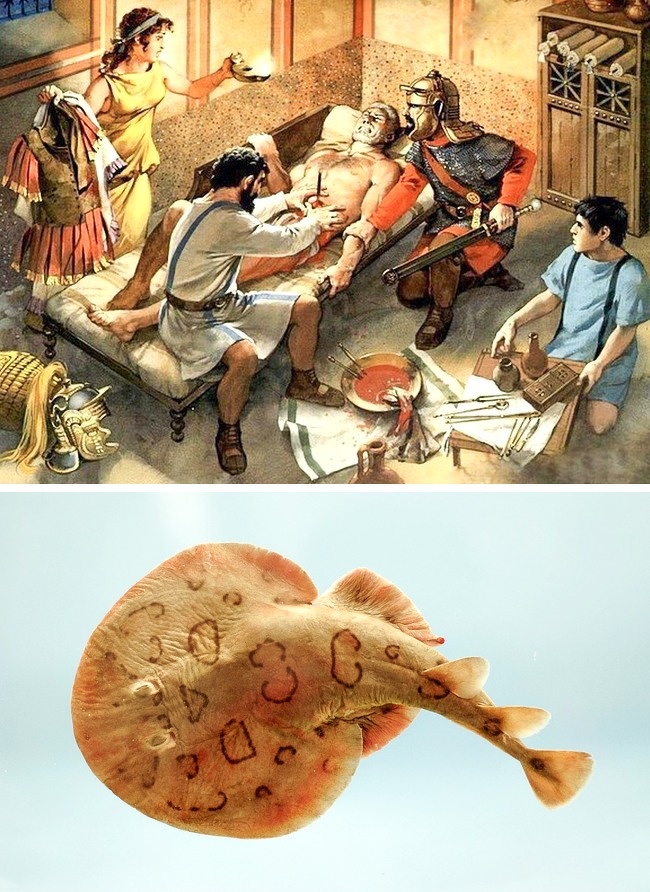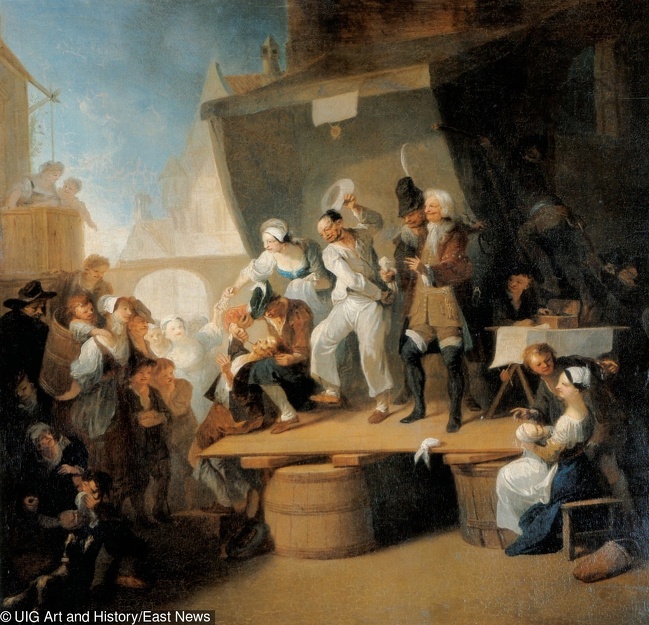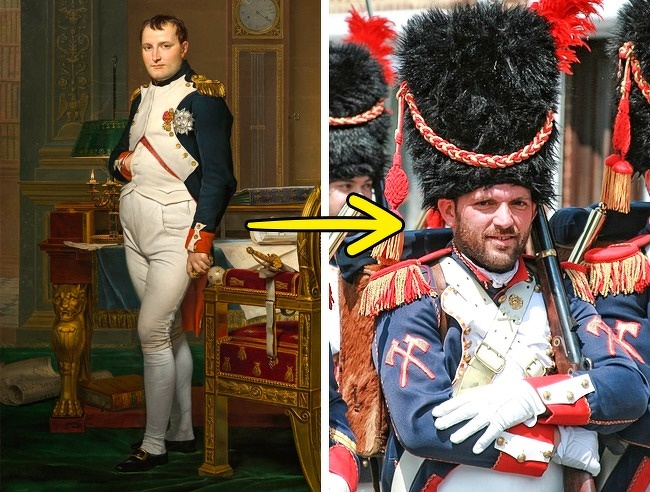18 fascinating facts from history
look at history from a different point of view
Published 7 years ago in Wow
1
Jellyfish as a hair gel. In the Middle Ages, it was fashionable in Japan to grow long black hair and slick it back. At that time, hair gel was not yet invented. And the inventive Japanese found an excellent, in their opinion, way to slick their hair back! No, it was not fish oil but the oceans surrounding the country did provide almost all the needs of these people. So, for stylish hairdos, they chose jellyfish! A Japanese person caught a small jellyfish from the ocean, rubbed it into his hair and it worked like a gel.
3
Vikings contacted the Islamic world. This silver ring that was discovered in the grave of a Viking woman puzzled many scientists. The purple-colored piece of glass which was initially thought to be an amethyst had an engraved message in Arabic language saying ’For Allah.’ After examining the ring carefully, it was found that it had traces of wear, as well as several owners, before it was buried. The ring is considered proof of contact between the Vikings and the Islamic world.
4
Transplanting teeth from one person to another. The jaw depicted above belonged to an Etruscan person that lived in Italian territory 2500 years ago. Throughout history, people used different methods to replace lost teeth. During the Etruscan civilization, for example, lost teeth were used to fix the jaw and keep the smile beautiful. While later, in the 19th century, poor people were selling their teeth while the wealthy bought them and transplanted them in their mouth in place of missing teeth.
5
Ancient Egyptians predicted how future vehicles will look. Much to the surprise of scientists, the wall panel found in the temple of King Seti I at Abydos, Egypt contains hieroglyphs depicting objects resembling a plane, a helicopter, a zeppelin, and some other things. The way these symbols appear on the panel still remains a mystery, however, it was thought to have happened due to the overlaying of hieroglyphs.
10
The myth of the Cyclops. Greek myths are full of stories about cyclops. But did they really exist? Or have they just been mixed up with someone or something else? Historians argue that when the remains of mammoths were found, the Greeks didn’t understand where these large bones came from and drew their own conclusions.
12
Wojtek soldier bear. In 1943 during the war, Polish soldiers of the Anders Army, that were supplying artillery equipment, found a small brown bear cub in Iran. He was given the name Wojtek, which in Polish means “the one that enjoys war” or “a smiling warrior.” The main task of his fellow soldiers was the delivery of ammunition. During the Battle of Monte Cassino (Italy), this unusual soldier carried a box of ammunition with his comrades and never dropped it. In honor of Wojtek, a monument has been put in Edinburgh and he is also a symbol on the emblem of the 22nd Polish transport company.
14
Suffering from a headache? There is a way out. At the time when people were living exclusively according to their beliefs and medicine was unconventional — they solved health issues as well as they could. The most popular recipe for a headache was to wrap a rope, like the ones used to hang people, around a sick person’s head.
15
Hairdressers were dentists. During the Napoleonic Wars, many soldiers lost their teeth. The barbers of that time that didn’t lose their heads, started to make artificial jaws using the teeth of dead soldiers. They were named “Waterloo teeth” and because there were no dentists yet, all of their work was done by the barbers.
17
The Hippocratic Oath was not written by Hippocrates. In the first draft, recorded by Hippocrates, doctors were forbidden to promote abortion and also the concept of “medical secrets” was disclosed. The full version, which we know now, appeared much later than the death of the Greek doctor and philosopher.
18
Buttons on clothes as a remedy for a runny nose. Each of us has thought at least once about why there are buttons on the sleeves of both women’s and men’s outerwear. Of course, now it looks like an additional decoration on the clothes. Actually, it’s the invention of Napoleon Bonaparte — he ordered them to be sewn to the sleeves on the soldiers’ jackets so that they would kick the bad habit of using their sleeves for their runny nose.

